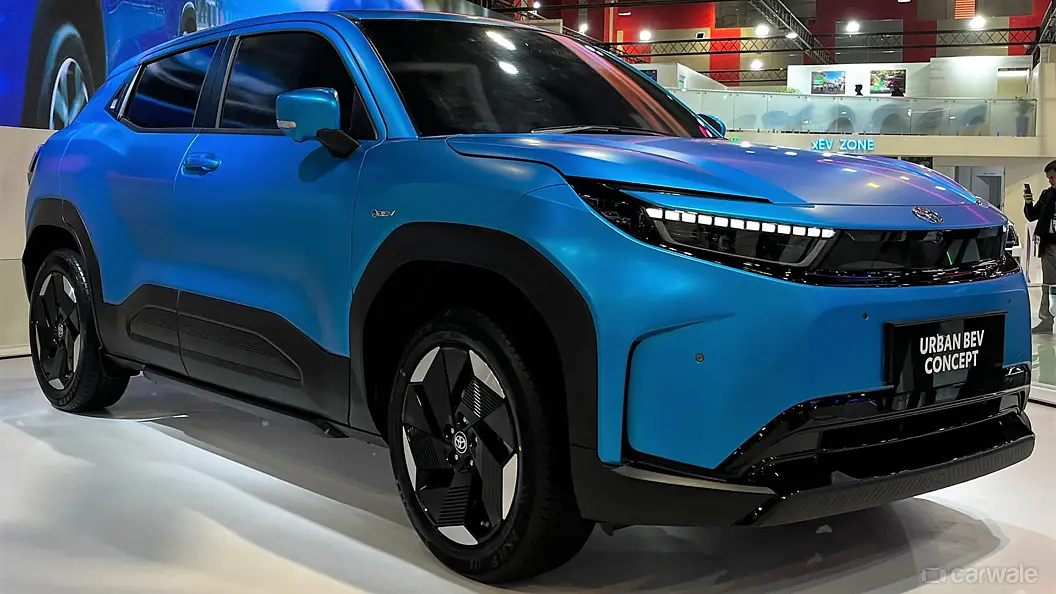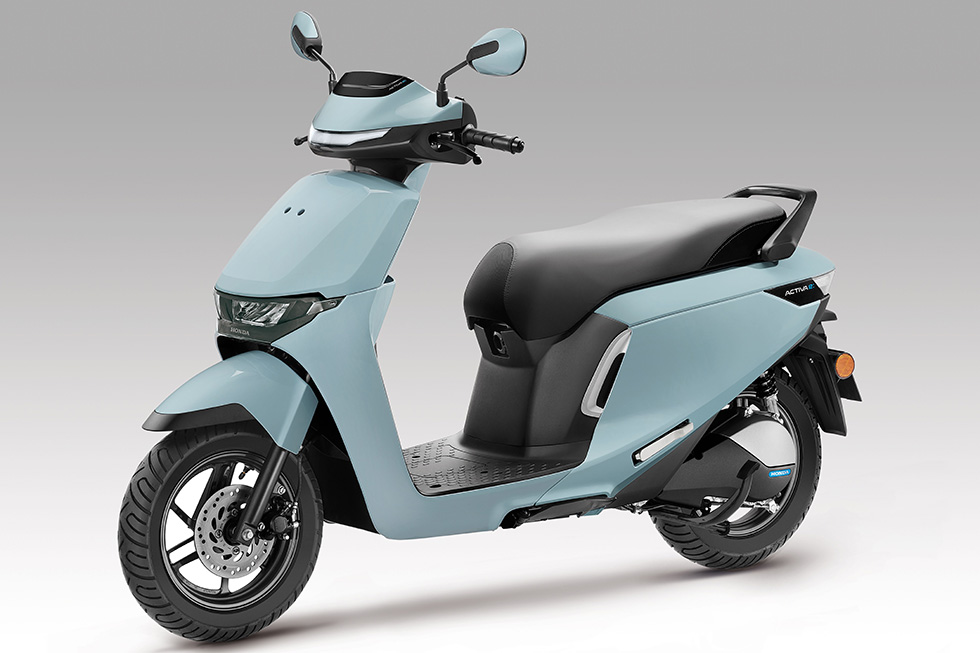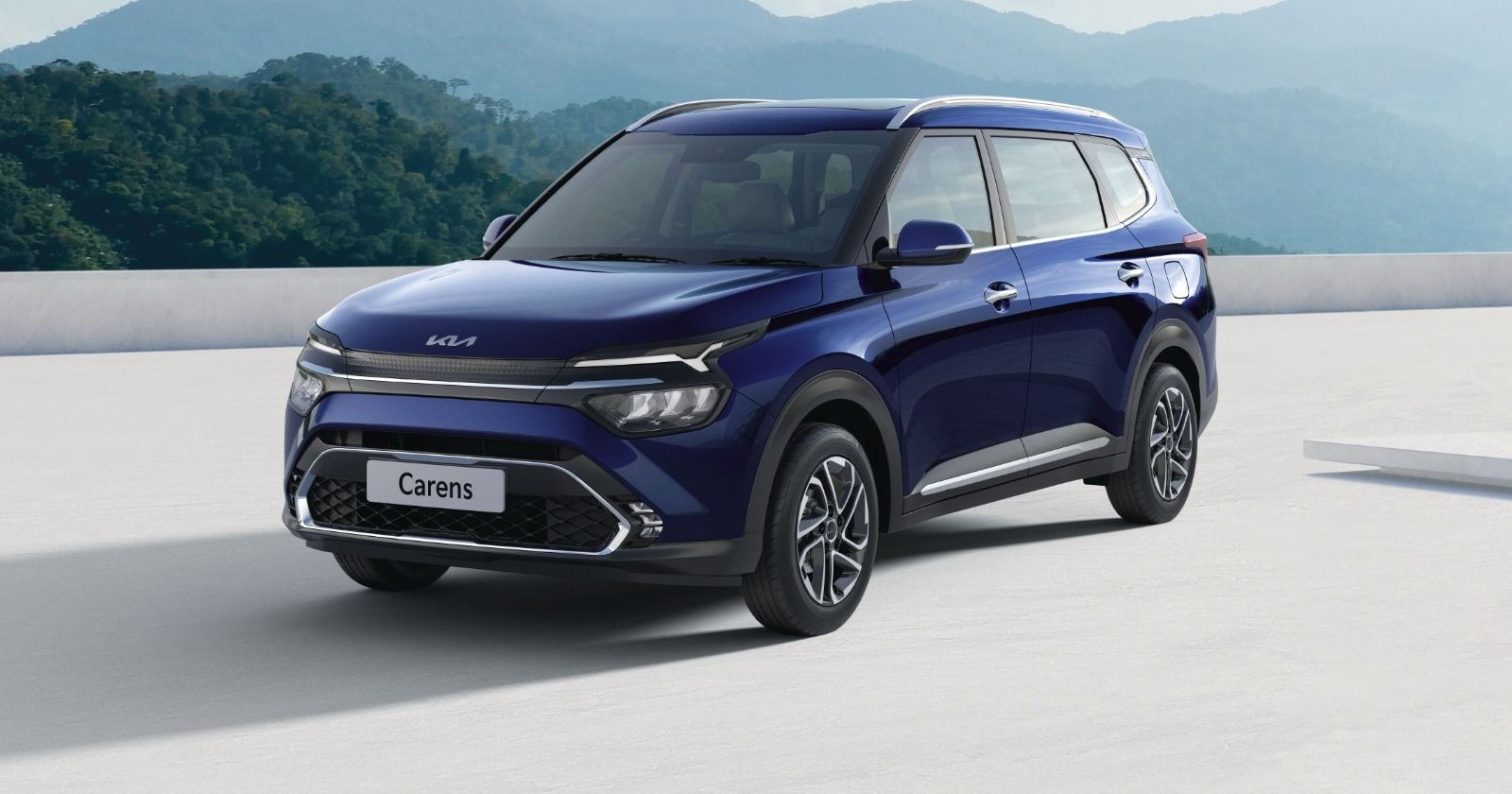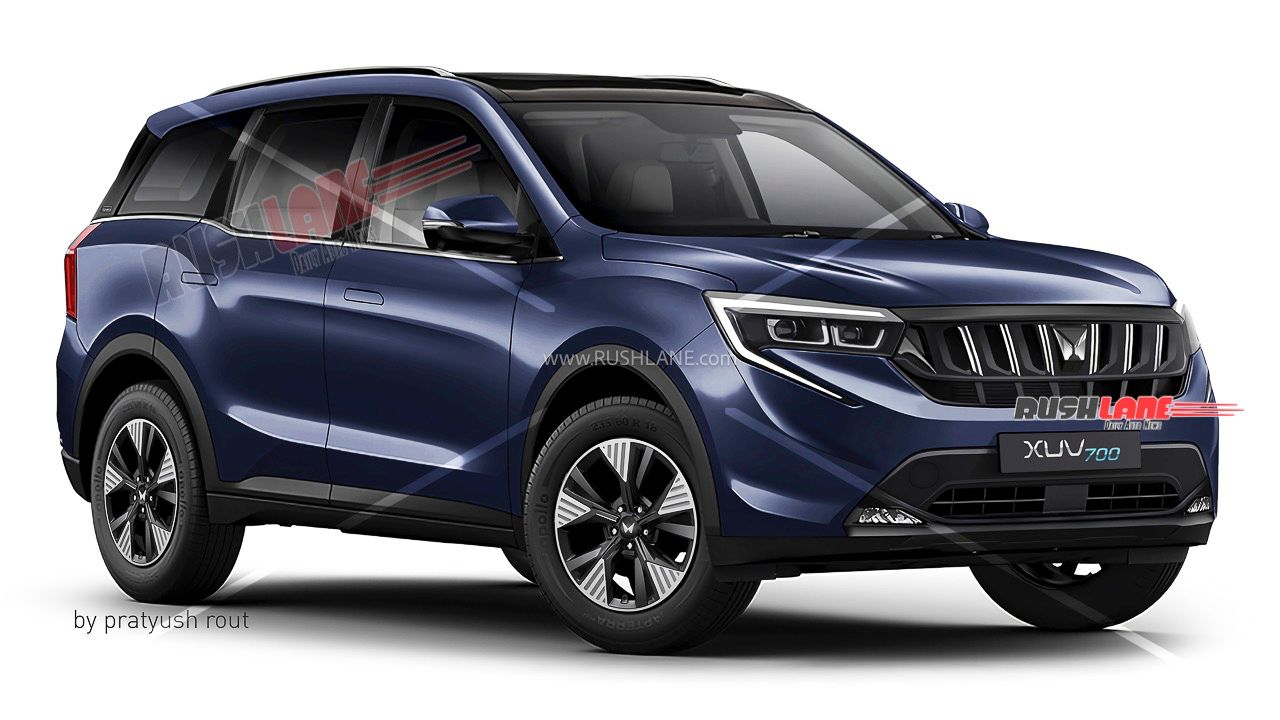Introduction
Electric cars are no longer merely about motors and batteries — they’re becoming intelligent machines on wheels. In the new age of clever mobility, the smartphone app with your EV app is nearly as crucial as the scooter.
It’s no longer simply about range or speed — it’s about what your EV can do when connected to the cloud, your smartphone, and the rest of the innovative services ecosystem.

This is where Ather, Ola, and Revolt distinguish themselves. These three companies are championing the electric two-wheeler revolution and innovating beyond what an EV companion app can do. Each has its philosophy:
- Ather emphasizes precision, data-based features, and clean design.
- Ola offers a bold, feature-heavy experience with lots of personalization and control.
- While more functional, Revolt has nuances, such as synthetic engine sounds and voice commands.
As Indian consumers increasingly turn more digital, the EV app is no longer an add-on — it’s part of the EV ownership experience. So the question remains: which brand has the most innovative, effortless app experience in 2025?
EV App Interface & User Experience
EV apps are concerned that the initial experience is visual, but long-term happiness is functional. An elegant interface can make routine interactions effortless, whereas a clumsy, sluggish, or buggy app can infuriate even a die-hard customer. Let us examine how Ather, Ola, and Revolt fare regarding overall design, performance, and personalization.
- Design & Ease of Use
Ather App
- Streamlined, minimal, and user-centric.
- Ather uses a crisp white-and-green visual motif with simple tabs and minimal extraneous information.
- Simple-to-use menus
- Effective use of space for ride details, battery, and map integration
- Functional over flashy
Ola App
- Rich in visuals and futuristic-looking.
- Ola’s aiming to impress you — and succeeds.
- It replicates a smartphone OS with changing visuals and serious levels of customization.
- Colorful UI with bold fonts and animations
- Mild learning curve for new users because of feature density
- Good-looking but can be “over-designed” for some
Revolt App
- Plain and functional.
- Revolt’s app does the job, but it looks a generation old in terms of looks.
- Clean layout, easy to locate main functions
- Old-fashioned visual design and less polish
- More functional than delighting the user
EV App Responsiveness, Bugs & Update Frequency
Ather
- Highly responsive — rapid sync with vehicle, low loading time
- Stable OTA updates, punctual bug fixes, and UI polish
- Rare reports from users of crashes or errors
Ola
- Feature-rich but sometimes laggy, particularly after significant updates
- Fast updates introduce new features (e.g., hill hold, moods), but occasionally bugs, too
- Some reports of connectivity problems or freezing of the app after OTA updates
Revolt
- Light app, rapid load
- Less aggressive update frequency
- Takes time to implement new features, and occasionally lags behind real-time data syncing
Personalization & Layout Preferences
Ather
- Prioritizes consistency over over-customization
- No skins or mood themes — but accurate layout for data enthusiasts
- Ride data, maps, and eco feedback are neatly divided
Ola
- Highly customizable UI with Mood Themes, custom dashboards
- Offers dark/light themes, unlock animations, and ride mode visuals as choices
- More like a smartphone OS than a mere vehicle app
Revolt
- Minimal customization
- It has some personalization through engine sound modes (roar, sportbike, etc.).
- Simple layout, largely fixed
UX/UI Comparison
| Feature | Ather App | Ola App | Revolt App |
| Design Style | Minimal, modern | Flashy, animated | Basic, functional |
| Ease of Navigation | Very intuitive | Slightly complex | Simple |
| Responsiveness | High | Moderate (sometimes laggy) | High |
| Update Frequency | Regular, stable | Frequent, experimental | Rare updates |
| Personalization Options | Low | Very high | Limited |
| App Stability | Excellent | Mixed (bug-prone post updates) | Decent |
Smart Features Breakdown
Modern electric two-wheelers are more intelligent than electric ones, and much of their brains reside within the mobile app. Let’s dive deep into how Ather, Ola, and Revolt compare on fundamental app-based intelligent features.
- Ride & Vehicle Analytics.
Ather
- Very detailed ride history (date, mode, duration, efficiency)
- Daily/weekly summaries with intelligent insights
- Intelligent Eco Score monitoring for improved driving behavior
Ola
- Visually appealing analytics with gamified tips (points, badges, trip leaderboards)
- Intelligent metrics such as “Energy Used Per Km”, weather effect, and braking behavior
- Timeline-based trip reports with map previews
Revolt
- Simple trip monitoring (distance, time, mode)
- No in-depth insights or graphs
- No gamification or driving pattern analysis
2. Battery Monitoring & Range Estimation
Ather
- Live battery % along with range estimates from the rider’s latest behavior
- Charging alerts and smart charging data
- Low battery and overcharge warning
Ola
- Detailed battery statistics with real-time consumption charts
- Charging time estimates + normal/fast charge details
- In-app notifications for charging begin/end, battery drain
Revolt
- Shows battery level & range estimate
- No adaptive range or smart notifications
- Simple charging status, no live speed correlation
3. Remote Vehicle Access
Ather
- App lock/unlock
- No boot unlock or keyless start (hardware-driven)
Ola
- Keyless start/lock with proximity sensing
- Remote opening of the boot through the app
- Find My Scooter with horn and light flash
Revolt
- Remote start/stop scooter
- App lock/unlock
- No boot or extra controls
4. Navigation & GPS Integration
Ather
- Google Maps integration with turn-by-turn directions
- Displays routes on the dashboard & app
- Live vehicle location
Ola
- Ola Maps (designed explicitly for EVs)
- Built-in route planner with charge station recommendations
- Live tracking on the app
Revolt
- Simple “Locate My Bike” feature
- No in-app navigation
- No support for dashboard map
5. OTA Updates & Feature Controls
Ather
- Regular OTA updates with new ride modes, UI enhancements
- App notifies before & after updates
- Feature rollouts are stable, user-managed
Ola
- MoveOS updates introduce significant feature changes (such as hill-hold, moods)
- The app serves as a controller for enabling new features
- Occasionally buggy after update
Revolt
- OTA support is present, though updates are sluggish
- Simple notifications for new firmware
- Limited feature additions over time
6. Security & Anti-Theft Features
Ather
- Vehicle tracking & notification if moved while locked
- Tamper alert notifications
- No geofencing yet
Ola
- Geofencing (set a safe zone)
- Movement alert + immobilization support
- Real-time tracking + remote lockdown
Revolt
- Vehicle location alerts
- Basic movement alert
- No geofencing or immobilization
7. Customization & Unique Add-ons
Ather
- Ride modes (Eco, Ride, Warp)
- Dashboard themes are limited; app customization is minimal
- Riding performance, not flair
Ola
- Mood Themes (Bolt, Vintage, Eclipse, etc.)
- Custom welcome sound, lighting animation
- Auto mode switching based on driving behavior
Revolt
- Engine sound modes customizable (Revolt, Roar, Rage, Rebel)
- Voice control integration for “Start My Bike”
- No visual customization in the app
Unique App Features Comparison
Brand Unique Features
Ather
- Sleek, minimalistic UI with quick loading times
- Ride suggestions based on customer habits
- Inbuilt Google Maps integration on the dashboard
- Smart charging reminders & efficiency analysis
- Eco Score for enhanced ride behavior
Ola
- Hyper-personalized interface with dynamic mood themes
- Proximity unlock & keyless ignition
- Ola Maps – proprietary EV-specific navigation system
- Remote boot unlock through the app
- Intelligent auto-mode switching & visual ride animations
Revolt
- Personalized engine sound modes (Roar, Rage, Rebel, etc.)
- Voice command recognition (e.g., “Start My Bike”)
- Scheduled ride summaries through the app/email
- Thin app interface for low-end devices
- Uniquely focused on motorcycle-style behavior
Connectivity & Reliability
- Network Stability
Ather
- Stable and robust cloud connectivity across prominent Indian cities
- High refresh rates for data (battery% %, location, ride statistics update within seconds)
- Low downtime even in weak network areas
- Accurate app-scooter communication, particularly for ride logging
Ola
- Patchy experience — stable within cities, but dropouts in spotty network areas
- Real-time data sometimes falls behind during live ride monitoring or remote commands
- Ola improved its cloud infrastructure after MoveOS 4, but there are still inconsistencies
- Experiences of “Disconnected” scooter status even when parked in good signal areas
Revolt
- Good connectivity for fundamental operations (start/stop, location tracking)
- App relies heavily on network connectivity — might not sync properly in low-signal areas
- Slightly delayed vehicle status updates at times
- Smaller data burden makes it less vulnerable to network crashes
- Real-time Sync with Scooter
Ather
Close to real-time syncing for battery, ride stats, GPS, and OTA status
App and car dashboard performance are consistent
Ride stats display on the app within minutes of ride completion
Ola
- Sync delay after rides — occasionally takes minutes to display trip logs or battery info
- Remote functionality (unlock, boot open) is responsive when connected
- Some options (such as moods) don’t update in real-time
Revolt
- Relatively slower to sync ride data, particularly after shutting down
- Simple controls (start, lock) are reliable
- No sophisticated real-time stats, hence reduced reliance on live sync
- App Crashes, Bugs & OTA Coherence
Ather
- Minimal app crashes reported
- Seamless OTA deployment with high version stability
- Pre-notifications remind users earlier of upcoming updates
- Incremental deployment ensures fewer bugs for early adopters
Ola
- The app tends to freeze or crash from time to time after MoveOS updates
- OTA updates tend to be feature-rich but buggy in the initial stages
- Rapid deployment of hotfixes and small patches following user feedback
- Temporary loss of app-vehicle sync following OTA by some users
Revolt
- Light app = less crashing
- OTA updates are infrequent and occasionally late
- No detailed changelogs or update management through the app
- Fewer bugs, but fewer enhancements over time
Connectivity & Reliability Summary Table
| Parameter | Ather | Ola | Revolt |
| Network Stability | Excellent | Mixed | Decent |
| Real-Time Sync | Fast & accurate | Occasionally delayed | Basic & delayed |
| App Bug Frequency | Very low | Moderate (post-update) | Low |
| OTA Update Stability | Smooth & phased rollout | Often buggy at launch | Infrequent & basic |
Final Verdict
It comes down to your type of rider: a tech geek, a utilitarian commuter, or a price-conscious minimalist. If you’re the type who craves innovative features, looks, and updates, Ola Electric’s app provides the most futuristic and aspirational experience. From proximity unlock to mood-based theme and in-depth ride analytics, it’s more like a smart mobility OS than a typical car app. Yes, it has occasional bugs, but for tech-savvy people who enjoy customization and never-ending innovation, Ola is the ultimate winner.
EV buyers are concerned about consistency, reliability, and a smooth combination of functionality and design; Ather’s app is the sweet spot. It doesn’t overcompensate with gimmicks but gives you precisely what you need — live battery details, solid ride tracking, Google Maps integration, and silky OTA updates — all in a clean, crash-free interface. It’s perfect for daily commuters and users prioritizing long-term reliability over flash.
With EV smarts experience minus the frills, Revolt’s app covers all the basics. It lacks a flashy interface or speedy OTA updates, but it delivers with rudimentary controls, solid performance, and specialty features such as engine sound customization and voice commands. Revolt provides straightforward functionality with a dash of fun for beginners using EVs or people in tier-2 cities seeking affordable technology. Ultimately, every app reflects its brand’s philosophy — Ola is adventurous, Ather is neutral, and Revolt is utilitarian. The best one? The one that suits your riding temperament.
FAQs
Q1. Which EV app has the most features in total?
Ola’s app is the most feature-rich and futuristic-looking one. It has basic functions like ride metrics and battery levels, and sophisticated ones like proximity unlock, keyless ignition, remote boot control, and mood-based UI themes. Ola also has geofencing, enabling users to define virtual safety areas, and innovative OTA capabilities such as auto-mode switching, hill-hold control, and lighting animations — all controlled through the app. While sometimes buggy, the sheer number of features makes it a strong leader for tech-lover users.
Q2. Are all features accessible on all scooter models?
- Ola limits premium features such as mood themes, proximity unlock, and fast boot to its S1 Pro and later premium models.
- Ather usually has similar features for its 450-series, but lower models or base trims might lack the latest updates or ride modes.
- Revolt is straightforward across its tiny product line, but complex voice commands or sound modes could do better on newer hardware.
- Before purchasing, always verify the variant-specific spec sheet or official app compatibility notes.
Q3. What is the most stable and bug-free app?
It’s renowned for its low bugs, quick startup times, and sleek UI, even following significant OTA updates—the app and vehicle syncs smoothly and regularly, with users rarely reporting crashes and lag.
Ola’s app — though capable — tends to experience performance issues, particularly post-major software updates like MoveOS 3 or 4. Such errors range from lag, slow sync, or even intermittent disconnections. Revolt’s app is generally bug-free but less feature-rich, naturally limiting the potential for crashes.
Q4. Is charging controllable, or can I schedule it through the app?
- Ather allows you to track real-time charge status, get notifications on charging begin/end, and even gives innovative suggestions based on usage patterns and climate conditions.
- Ola allows live charging updates, estimated range after charge, and charging complete alerts. The app also shows you the estimated time for a full charge based on your charger type.
- Revolt, on the other hand, provides minimal battery status only. There is no live charging schedule, and no detailed insights or notifications are given.
Q5. Which EV app supports navigation the most?
- Ather takes the lead with built-in native Google Maps integration into the scooter’s dashboard and app. It has live turn-by-turn navigation, and it’s also very easy to plan routes between the app and the vehicle.
- Ola, by contrast, employs its own Ola Maps, which is tailored specifically to electric routes, including recommendations for charging en route. Although feature-packed, it’s still improving in terms of accuracy and responsiveness.
- Revolt doesn’t feature direct navigation. There is no in-app routing, no integration with the dashboard, and location tracking is only “Find My Bike” functionality.




